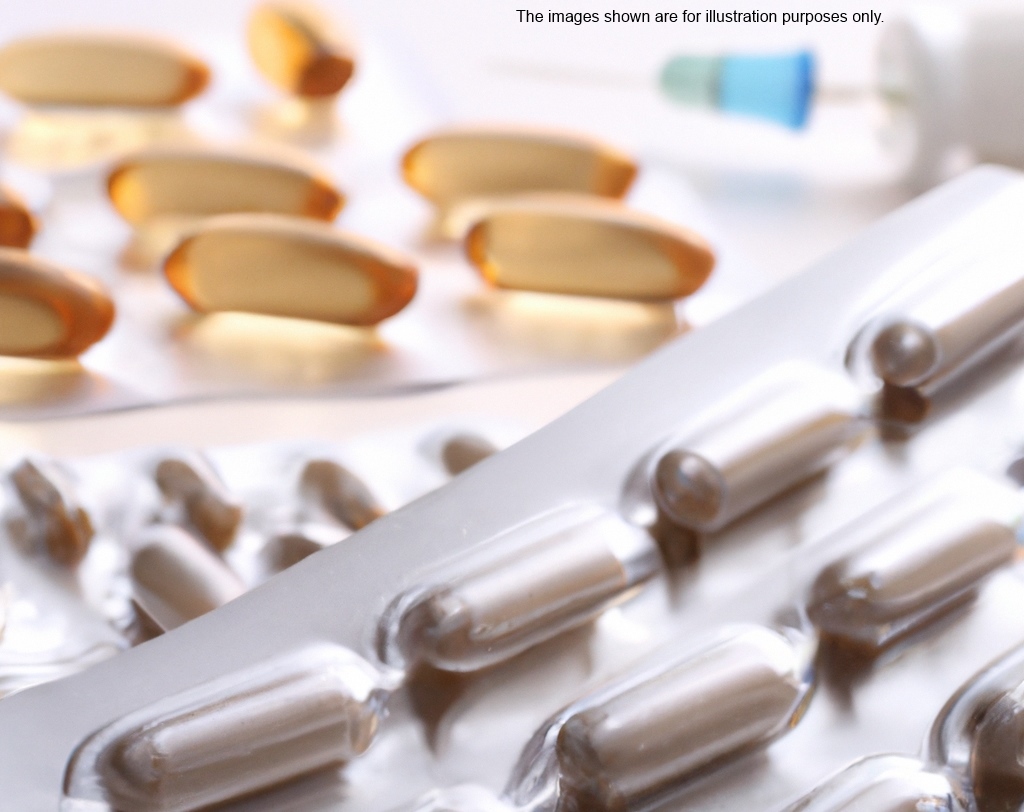Topical

In the realm of medicine, a topical medication is administered to body
surfaces such as the skin or mucous membranes found in areas like the
vagina, anus, throat, eyes, and ears.
Numerous topical medications are applied directly onto the skin, known as
epicutaneous administration. Alternatively, they can be inhalational, as
seen with asthma medications, or applied to tissues other than the skin's
surface, such as eye drops for the conjunctiva, ear drops for the ear canal,
or medications for tooth surfaces. Topical administration differs from
enteral (through the digestive tract) and parenteral administration
(injection into the circulatory system).
Regarding pharmacodynamics, a topical effect typically targets a local area
rather than affecting the entire system. Nevertheless, many topically
administered drugs can have systemic effects.
Certain hydrophobic substances, like steroid hormones, can be absorbed into
the body after application to the skin in the form of creams, gels, or
lotions. Transdermal patches are increasingly used for delivering drugs
related to birth control, hormone replacement therapy, and motion sickness
prevention. An example of a topical antibiotic is chloramphenicol.
The potency of a medication often varies with its base. For instance, some
topical steroids are classified as stronger when transitioning from cream to
ointment. Generally, ointment bases are more occlusive and facilitate
quicker absorption into the skin compared to solution or cream bases.
The manufacturer of each topical product has full control over the
medication's base content. Even though two creams may contain the same
active ingredients, one might be more acidic than the other, potentially
leading to skin irritation or altering absorption rates. For example, a
vaginal miconazole antifungal cream may cause less skin irritation than one
designed for athlete's foot. These differences can sometimes yield varying
clinical outcomes, despite the identical active ingredient.
Comparative potency labeling is absent to ensure equal efficacy between
generic and brand-name topical steroids. Studies have shown variations in
potency among different manufacturers or brands. For instance, clinical
studies have revealed that brand-name Valisone cream and Kenalog cream
exhibit significantly better vasoconstriction than certain generic versions
of the same drug. However, in a simple base like an ointment, less variation
between manufacturers is typical.
In dermatology, the base of a topical medication is often as crucial as the
medication itself. It is essential to receive the medication in the correct
base before application to the skin. A pharmacist should avoid substituting
an ointment for a cream, or vice versa, as it can alter the medication's
potency. Some physicians prefer using a thick ointment to restore the
waterproof barrier of inflamed skin in treating eczema, as a cream might not
achieve the same therapeutic outcome.
folder_open Medicines Information